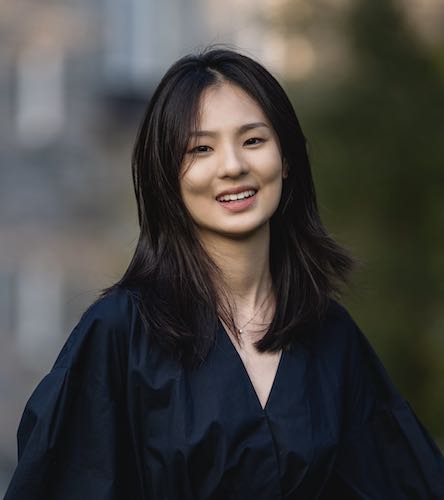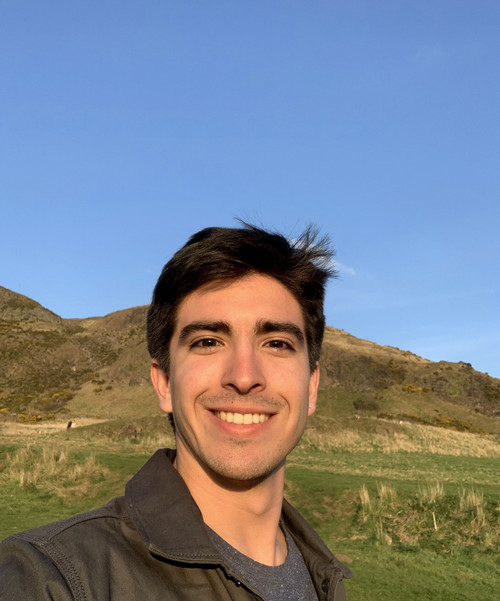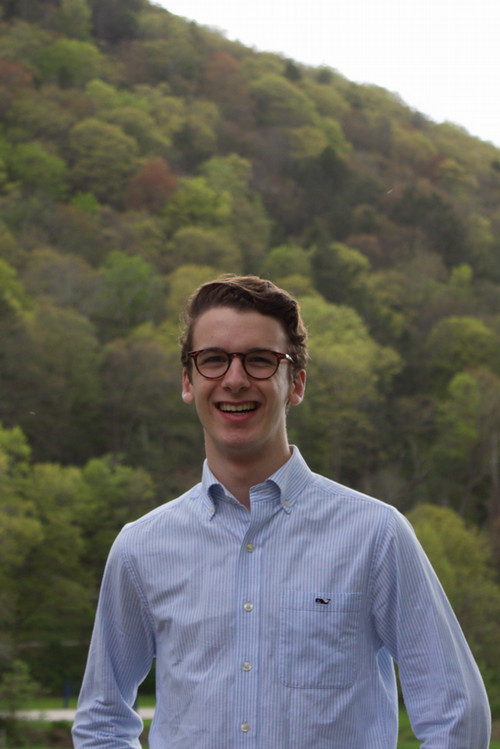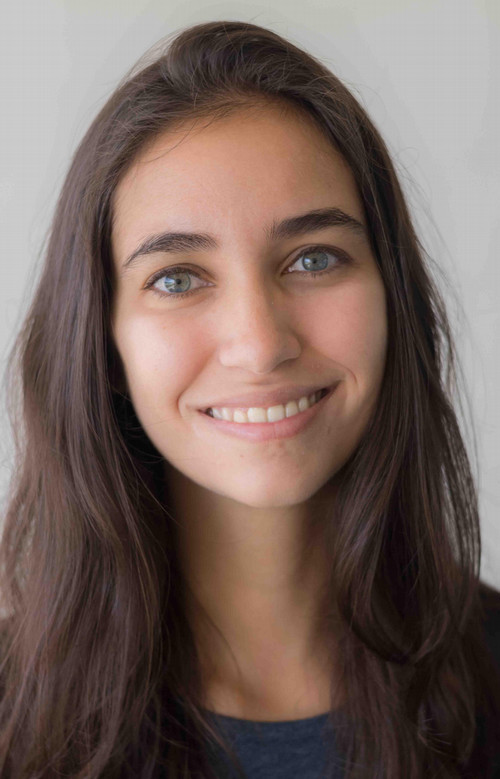BCMA Internship Term
Academic Year 2021–2022 BCMA Education Assistant
What key projects did you work on during your internship?
During my internship as an education assistant, I was mainly responsible for assisting with the museum’s Student Ambassadors program. The program started from the idea that the BCMA should be better integrated into the campus as a welcoming communal space. Along with other interns and the museum staff, we decided to hire a small cohort of student ambassadors who advance our goal through events, social media, and collaborations with different student groups. I was responsible for preparation work such as hosting info sessions and reviewing submitted applications. In the following semester, we welcomed the cohort and I served as the leader of one ambassador group. At our weekly meetings, we brainstormed event ideas and divided roles based on the students’ interests. Together, we successfully launched the program and I’m super excited to see it grow over the coming years.
How did your Art History courses help to prepare you for your internship?
The idea to create an ambassador program really came from my Art History classes. I remember discussions in class where we talked about the role of institutions in the art world. That was where students often expressed opinions about the BCMA that it might be intimidating and not as engaging as they would like. As an art history student, these discussions motivated me to become an education assistant. My internship also provided an invaluable hands-on experience that showed how museum initiatives could further engage the audience and deliver certain messages.
Also, as an education assistant, I was responsible to film videos for virtual family Saturdays. It would usually be me talking about one exhibition that is currently on view. The visual analysis skills and creativity I developed in my art history classes greatly helped me write the script. I remember writing the script for Jona Frank: Model Home and debating how to best deliver the unique immersive experience through words. I was particularly mindful of the experiential nature of the installation and picked specific works to highlight accordingly. I was also responsible for creating a small craft activity related to the theme for people to follow.
After the completion of your internship, how did your BCMA internship inform your Art History studies?
My BCMA internship served as a vantage point for me to understand the multifaceted responsibilities of art and museums in a community. My work as an education assistant also bridged my academic learning and the real world. It allowed me to understand the challenges faced by the museum as well as the means it has to advocate for art. Also, as we sought to engage the student audience at the BCMA, I became increasingly aware of the role of the audience in interpreting art. A lot of times, the discussions of art pieces in class revolve around the creation process and the art world’s reception. My internship showed me what happens after a piece is displayed at a museum and prompted me to think about the role of art in the broader society.



